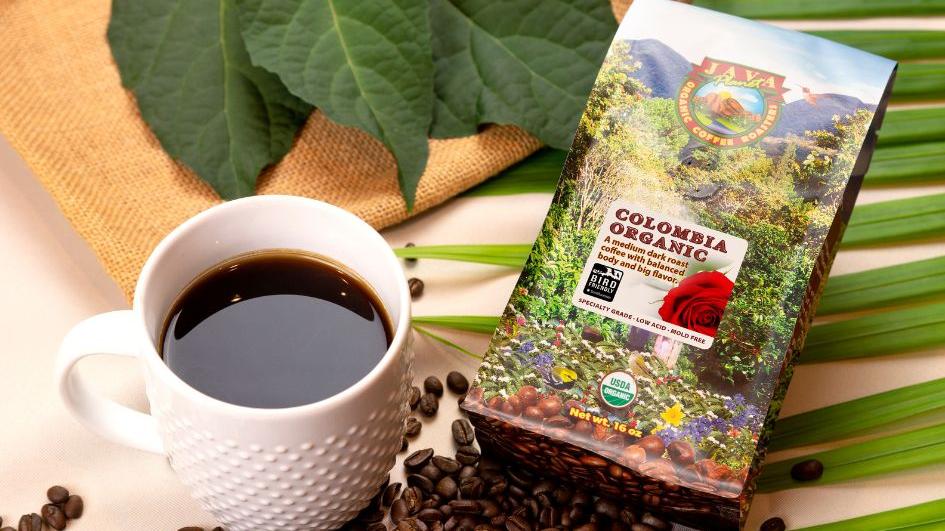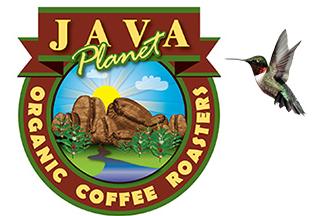FREE SHIPPING ON ORDERS OVER $60
Does Coffee Have Mold?
How to Choose Clean, High-Quality Beans

Heard rumors about mold in coffee? Unfortunately—they’re not just hype.
Yes, coffee can contain mold and mycotoxins, especially if it’s grown or stored under the wrong conditions.
But don’t panic: not all coffee is affected, and there are smart ways to reduce your risk without giving up your favorite morning ritual.
In this guide, we’ll cover what causes mold in coffee, what symptoms it might trigger, and how to choose beans that are clean, safe, and still taste amazing.
What Is Coffee Mold, Exactly?
When we talk about mold in coffee, we’re usually referring to microscopic fungi that can grow on coffee beans during farming, processing, or storage. Sometimes, this mold produces mycotoxins—toxic byproducts that can affect the immune system, digestion, and even brain function if consumed regularly over time.
Here’s the kicker: even if your coffee looks, smells, and tastes totally normal, you might not know it’s there. Once beans are roasted and ground, those mycotoxins can’t always be detected without testing.
How Does Coffee Have Mold in the First Place?
There are a few key ways mold and mycotoxins sneak in:
-
Humidity: Beans stored or grown in damp climates are more vulnerable.
-
Improper drying: If coffee isn’t dried well after harvest, mold can grow before it’s even shipped.
-
Long-term storage: Sitting in warehouses for months in poor conditions only makes things worse.
-
Low-quality farming or chemical use: Mass-produced, non-organic coffees are more likely to skip the careful handling needed to prevent mold growth.
That’s why cheaper, non-organic coffees are typically at higher risk.
Mycotoxins in Coffee: Should You Be Concerned?
For most people, one cup of standard coffee here or there probably won’t cause noticeable harm. But if you:
-
Drink coffee daily (or multiple times a day)
-
Deal with fatigue, brain fog, or unexplained gut issues
-
Have chemical sensitivities or a compromised immune system
…it may be worth switching to a mold-free, organic coffee to limit your exposure.
👉 Related read: Mycotoxins & Mold-Free Coffee: What to Know
👉 Bonus read: The Benefits of Organic Coffee
How to Choose Mold-Free, High-Quality Coffee
Looking for a cleaner, healthier cup?
Here’s what to check for when shopping:
✅ Certified Organic Organic beans are grown without synthetic pesticides or chemical fertilizers—making mold growth less likely from the start.
✅ Fresh, Sealed Packaging Look for air-tight, date-stamped bags. The fresher the roast and the tighter the seal, the lower the risk.
✅ High Elevation, Low Humidity Origins Beans from places like Guatemala, Ethiopia, or Peru—typically grown at altitude in drier climates—naturally resist mold growth better.
✅ Mold-Free Testing or Transparency Some brands (like Java Planet) roast in small batches and may even conduct third-party mold testing or follow strict handling protocols.
👉 Shop our Mold-Free Coffee Collection
What Is “Mold-Free Coffee,” Anyway?
There’s no official government certification for “mold-free,” but reputable brands use it to indicate that their beans:
-
Come from trusted farms with clean processing
-
Are dried and stored in climate-controlled environments
-
May undergo third-party testing for mycotoxins
-
Are roasted in small batches to ensure freshness and purity
At Java Planet, we only roast certified organic, mold-conscious coffee. No chemicals, no shortcuts—just clean, flavorful beans you can feel good about drinking every day.
Our Favorite Clean, Mold-Free Picks
Guatemala Organic – Smooth, nutty, and grown at high elevation for natural mold resistance
Ethiopia Organic – Bright, fruity, and clean—grown in ideal dry climates
Sumatra Organic – Bold and rich with low acidity; also Bird Friendly® certified
© Copyright 2025 Java Planet Organic Coffee Roasters. All rights reserved.
